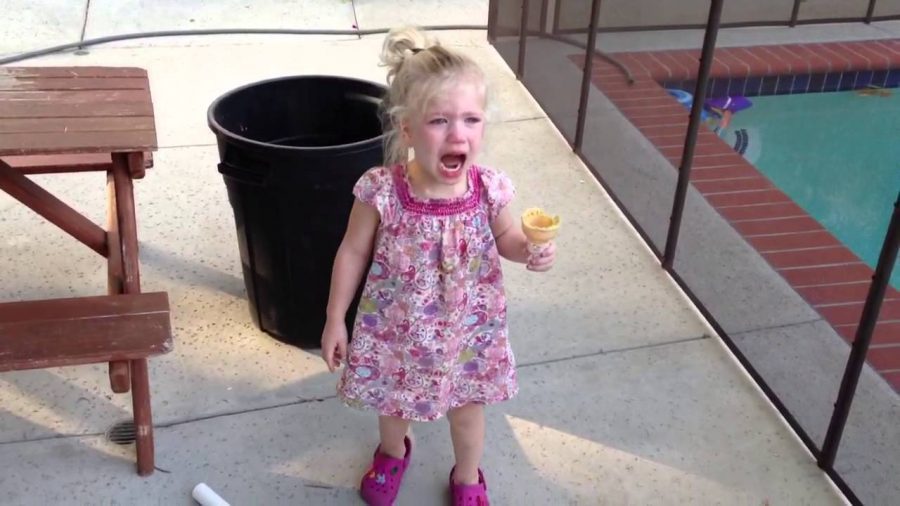Anthony Hilton, a professor of Microbiology at the Aston University revealed the results of a study that confirm the “five-second rule” about food that falls down to the floor.
According to different sources, the “five-second rule” is attributed to Genghis Khan. When the Barbarians marched across Europe, Khan said to his army that food that fell on the floor could stay there for five hours, and they called that “The Khan Rule.” Over time, people thought five hours was too long, so the rule mutated to five seconds.

Hilton studied the transfer of different bacteria to some foods that were set on the floor from 3 to 30 seconds, and the results are that “it is unlike that food have picked up a bacteria from a few seconds on the floor,” according to The Daily Mail.
The five-second rule is not always safe
The study doesn’t say that picking up food from the ground is always safe. According to Hilton, eating food that was on the floor carries some risks, depending on which bacteria are present on the floor at the time the food is dropped. So, it’s not entirely safe that after five seconds the food is still clean.
“Our research has shown that the nature of the floor surface, the type of food dropped on the ground and the length of time it spends on the floor can all have an impact on the number that can transfer,” Hilton said to Metro.

The study found out that bacteria was less likely to be transferred from a carpet, but they are most likely to be transferred from other surfaces like a laminate floor.
“We have found evidence that transfer from indoor flooring surface is incredibly poor with carpet actually posing the lowest risk of bacterial transfer onto dropped food,” said Hilton, according to KcenTV.
The main reason for the study came after they applied a survey to around 2,000 people and found that 87 percent admitted eating food that had been on the floor. So, they decided to prove what seemed to be a myth until now.
Also, the survey shows that women are more likely to eat food that had been on the floor than men. 55 percent of people that said they already have eaten food dropped on the floor are women, and 81 percent of these women would follow the five-second rule.
Other studies don’t share this opinion
In 2011, Dr. Roy M. Gulic, chief of the division of infectious diseases at Weill Cornell Medical College, said that the five-second rule is fake, and the risk for ingestion of bacteria doesn’t change with the time the food sits on the floor. He said to The New York Times that the could change to a “zero-second rule.”
Another study of Clemson Univesity showed that Salmonella could be transferred from the floor to the food immediately. They tested the bacteria with dropped bologna over wood, tile, and carpet, and they concluded that in wood and tile, more than 99 percent of the bacteria were transferred immediately.

Another study published in 2016 by the American Society for Microbiology’s journal, Applied and Environmental Microbiology, led by Professor Donald W. Schaffner of Rutgers University in New Jersey, said that no matter how fast the food is picked up, it would have a bacteria in it.
Schaffner and his team also tested different surfaces like steel, wood and, again, carpet. They dropped the food from one second to 300 seconds, and the food was exposed to a bacterium similar to Salmonella.
The study concluded that while time passes more bacteria is transfered. But that doesn’t mean that the “five-second rule” is real because every food used in the study was contaminated, no matter the time that it remained on the floor.
They also concluded that carpet had the least rate of transmission of bacteria, coinciding with results from similar studies regarding the five-second rule.
“If I were to drop a piece of watermelon on my relatively clean kitchen floor, I’m telling you, man, it’s going in the compost,” Schaffner said in an interview, according to The New York Times.
Source: Metro
